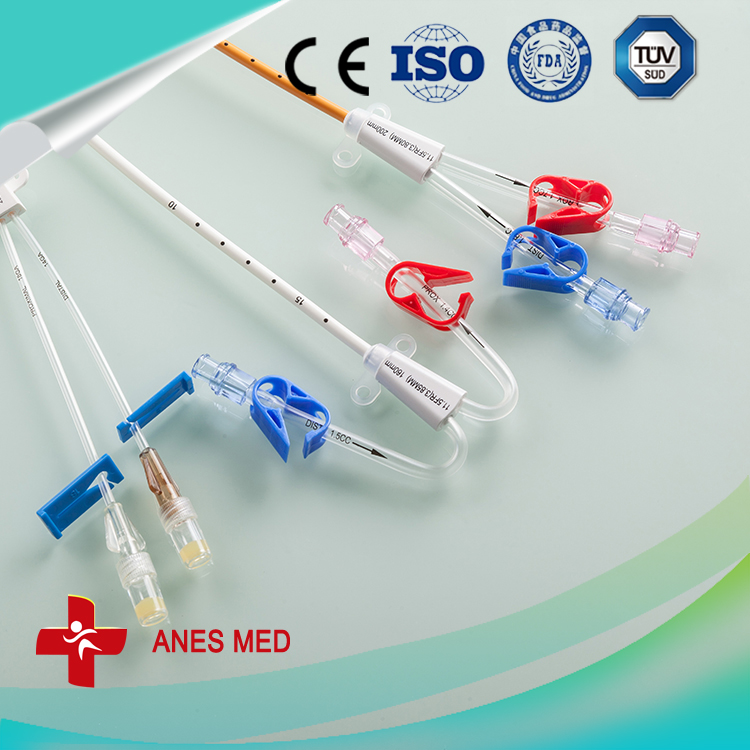Scientific prevention of nutritional anemia in piglets
Piglet nutritional anemia is a disease caused by a certain nutrient in the feed, especially the lack of vitamins and minerals or the lack of hematopoietic disorders. It occurs in piglets that are poorly managed and reared after weaning.
Causes
The cause of this disease is many and complex, and it often occurs under the combined effects of many reasons.
1. Pregnant sows suffer from malnutrition or lack of succulent feed, protein, vitamins, and minerals for a long time, and the piglets born will soon be in anemic state.
2. After the piglet is born, the growth and development are rapid, the hematopoietic function is strong, and the iron requirement is large. However, the iron content in the pig's milk is limited (the piglet needs about 7 ml of iron per day for normal growth, and the breast milk only provides 1 per day. Ml iron).
3. Small and thin litters in the same litter often eat poor milk and are prone to cause anaemia.
4. The farming of farmer households is mostly captive, and the grounds of the houses are mostly cement or wood boards, and the piglets start to eat late, and piglets take less iron from the outside.
5. The occurrence of diarrhea and dysfunction in piglets caused by poor feeding and management of piglets and environmental impacts affect the absorption of trace elements and nutrients.
6. After weaning piglets, immediately feed rougher feeds or feed a single feed for a longer period of time, under conditions of long-term unreasonable feeding, lack of exercise, no sunshine or sun exposure, etc. Underneath, it is easy to cause nutritional anemia in piglets.
symptom
Piglets are depressed after illness, do not want to walk around, suffer from loss of appetite, malnutrition, debilitating physical condition, unpleasant fur, diarrhea, thin stools, pale eyes, nose and mouth mucous membranes, grayish white auricles, increased respiration and pulse, but body temperature Not high, hands touch the skin cold, severe cases can cause death.
Prevention
1. Strengthen feeding and management, give sows a feed containing appropriate protein, minerals, and vitamins, and exercise properly and in constant contact with sunlight.
2. Spread some clean iron-containing red clay in the pig house to feed the piglets.
3. Drop a 0.25% iron sulphate and copper sulphate solution onto the sow's nipple and let the piglet suck it.
4. After weaning, 80 mg/kg iron content in piglet feed is guaranteed to meet its growth needs.
6. Intramuscular injection of 1 ml to 2 ml of blood, or intramuscular injection of 0.1% sodium hyposodium 0.5 ml once daily for 5 days.
7. Liver essence injection 0.2 ml to 1 ml, 5% glucose solution 1 ml to 3 ml, mixed with intramuscular injection once a day for 5 days to 7 days.
Specifications
Extra large side holes improve flow, reduce clotting is Removable stylet eases vessel insertion, improves catheter flexibility
Extra large side holes improve flow, reduce clotting
Removable stylet eases vessel insertion, improves catheter flexibility
Tip clip allows versatile positioning
Soft silicone catheter is kink resistant, excellent for femoral use
Single insertion efficiency, Dual catheter effectiveness
Features:
Over-the-wire insertion reduces risk of air embolism
High-flow
Secure anchoring
Single-site insertion
Polyurethane catheter for improved strength and flow rates
*Related Products:hemodialysis line(Dialysis Line) kit,Dialysis Catheter Kit.

Hemodialysis Catheter,Hemodialysis Catheter Kit,Dialysis Catheter,Disposable Hemodialysis Catheter,Hemodialysis Line Kit,Dialysis Catheter Kit,Dialysis Line
Anesthesia Medical Co., Ltd. , http://www.sinoanesthesia.com